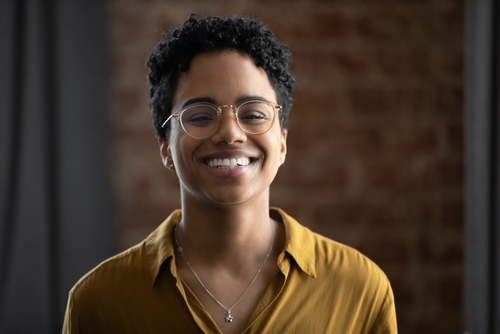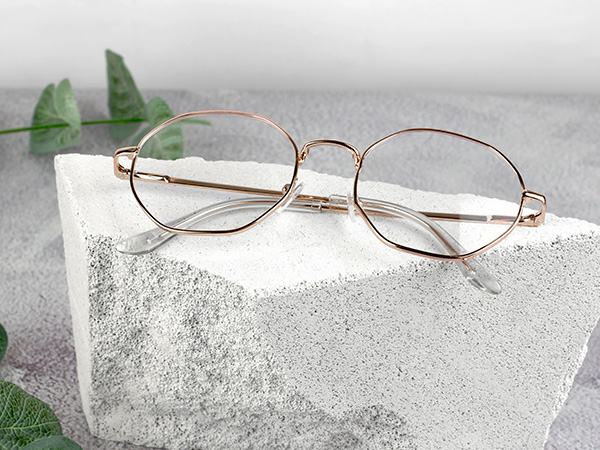
You could be one of the millions who experience myopia or nearsightedness. Nearsightedness can have serious long-term effects if not treated appropriately. This is particularly true if it worsens into high myopia.
Controlling the progression of nearsightedness requires understanding the significance of myopia control. It can aid in avoiding severe eye issues that could result in irreversible vision loss.
Understanding Myopia and Its Causes
The eye's inability to focus clearly on distant objects is a disorder called myopia. The shape of the eye is frequently responsible for this. The most common cause of myopia is genetics. But environmental factors such as prolonged screen time and a lack of outdoor activity can also contribute.
The Importance of Myopia Control
Myopia control refers to measures set in place to slow or prevent myopia progression. You may have to spend more time outdoors, reduce screen time, and increase your physical activity.
Other options include orthokeratology and multifocal contact lenses. Controlling myopia is crucial to lowering the likelihood of developing hyperopia. Also, it can prevent any potential long-term repercussions that might follow.
The Long-term Impact of High Myopia
When the eye elongates excessively, it results in high myopia. This is also called degenerative or pathological myopia. This increases the severity of nearsightedness and the likelihood of eye problems.
The condition can cause glaucoma, cataracts, and retinal detachment. All these can impair vision permanently. Another advanced condition, myopic maculopathy, is more likely to develop in people with high myopia. In this condition, the damaged retina causes central vision loss.
Retinal Detachment
This condition develops when the retina separates from the underlying tissue. It can cause sudden light flashes, floaters, and a curtain-like shadow over the vision. It can cause irreversible visual loss if left untreated. High myopia patients are more likely to experience retinal detachment. Their eye's extended shape places extra strain on the retina. This increases its susceptibility to tears and separation.
Glaucoma
Glaucoma develops as the pressure inside the eye rises and harms the optic nerve. This disorder has the potential to gradually impair eyesight, first in the periphery and then in central vision. Patients with high myopia have a higher chance of developing glaucoma. Their eyes' extended morphology increases strain on the optic nerve, causing injury.
Cataracts
Cataracts occur when the eye's lens becomes cloudy, leading to blurry vision. Eye care professionals associate cataracts with aging. Unfortunately, people with extreme myopia are more likely to get cataracts early in life. The elongated shape of their eyes puts more stress on the lens, causing it to deteriorate faster.
Myopic Maculopathy
The disorder known as myopic maculopathy results from retinal injury. The middle region of the visual field then experiences vision loss. Experts link severe myopia to this ailment. It stems from the retina's stretching and thinning due to the eye's elongated shape. Myopic maculopathy can lead to permanent vision loss and severely impact your quality of life.
Myopia control is crucial in managing the progression of nearsightedness. It can help prevent the development of high myopia. It is crucial to comprehend the significance of controlling myopia. It will help you act decisively to avert the possibility of long-term effects.
For more on myopia control, visit Spotlight Optometry at our San Diego, California office. Call (858) 250-0052 to schedule an appointment today.







